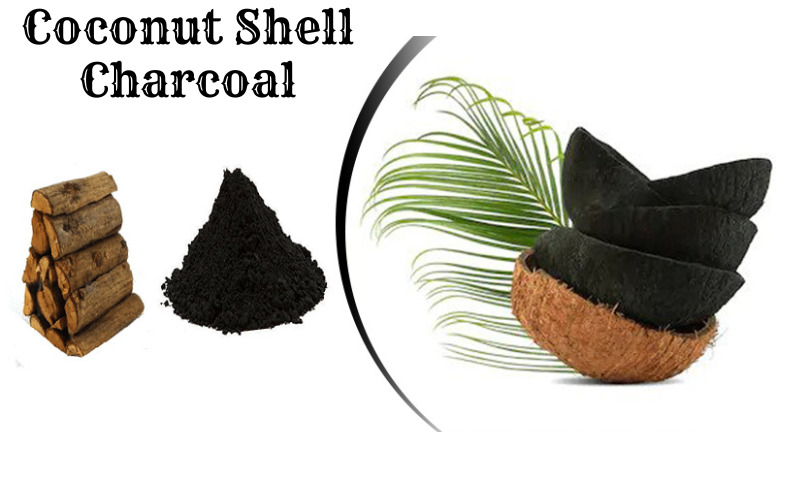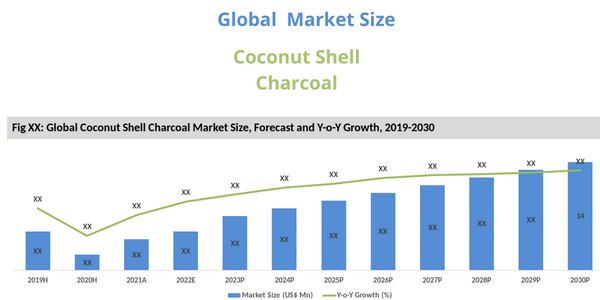Project Report For Coconut Shell Charcoal Manufacturing
Introduction
Coconut Shell Charcoal Manufacturing Project report is as follows.
A coconut shell is the hardest part of the coconut fruit. The coconut husk and flesh are separated by the coconut shell. Typically, this shell is made to enclose the coconut inside. Shell is a material that is used to create a variety of crafts and other products. Burning the shell of fully grown coconuts with a controlled flame yields shell charcoal. supply of air so they merely carbonize and do not burn completely.
The production of Coconut shell charcoal indicates that the has grown to be a very significant economic and commercial activity. Another significant industrial product made from coconut shell is coconut shell charcoal. It is often produced using a separate technique that involves burning ripe coconut shells. The primary function of coconut shell charcoal is to produce active carbon, which has a wide range of beneficial commercial uses.

Due to its high quality, active carbon made from coconut shell is in high demand. Several plants make this active carbon from coconut shell in Sri Lanka, India, and other Pacific nations where coconut palms are grown. Due to its excellent heating capability and widespread usage as a substitute for regular coal in grills, coconut charcoal is currently preferred by the majority of food manufacturers in the food business due to its pleasant aroma and Coconut Charcoal Soap, second Because of the incredible moisturizing and purifying properties of coconut shell charcoal, coconut charcoal is often used to make soaps. These kinds of coconut charcoal soaps are gentle and healthy for the skin. Typically, you can readily buy these kinds of charcoal-based soaps in your local grocery store.
Project Report Semple of
Coconut Shell Charcoal
Get Completely Custom Bankable Project Report
The majority of South Asian and Pacific Island nations that cultivate coconuts use the shells to make various handicrafts. Because of the coconut shell’s durability and strength, it is perfect for use in handicrafts. These crafts last for a longer period of time. These kinds of natural handicrafts are in high demand all over the world.

There are many ways to make active carbon, however coconut shells create the best active carbon charcoal with excellent results. To make 1 kg of active carbon, several coconut shells are required, however the charcoal made from coconut shells is considerably cleaner and of higher quality than charcoal produced in other ways.
Market Potential Of Coconut Shell Charcoal
With a CAGR of% from 2022 to 2030, the market for coconut shell charcoal saw revenues of $$ Million USD in 2016, $$ Million USD in 2022, and $$ Million USD in 2030. The charcoal made from coconut shells is a significant byproduct. Coconut shell charcoal is created by carbonising a coconut shell while burning it with little to no oxygen. Charcoal made from coconut shells is frequently used for both residential and commercial purposes.

The primary nations that manufacture activated carbon based on shell charcoal for the global market are India, the Philippines, Sri Lanka, and Indonesia. The USA continues to be a significant market for imported Indian activated carbon.
The UK, Japan, China, the Netherlands, and Sri Lanka are some more important markets for the product. 24 % of the total exports of the good went to the USA. It means nothing that India exported 93,000 MT of activated carbon in 2017 for US$140 million.
The export increased by 21% over the previous period. Markets for the sale of Indian-produced activated carbon included more than 100 countries. South Africa, the UK, Sri Lanka, South Korea, Germany, and Russia were significant markets for India’s activated carbon, in addition to the country that imported the most (24,000 MT), the USA. The export volume to various countries ranges from 3000 MT to 5000 MT.
Increasing consumer demand for activated carbon, the product’s many applications, and increased customer concern about their health are some of the primary market drivers. The growing demand for activated carbon created by coconut shell powder is assisting the rise of coconut shell powder in many applications such as ground and municipal water handling, drinking water distillation, and so on. Due to limited and distributed land holdings for coconut tree cultivation, a shortage of high-quality planting materials, and other considerations, the market’s expansion is occasionally hampered by the volatile costs of coconut shells.

